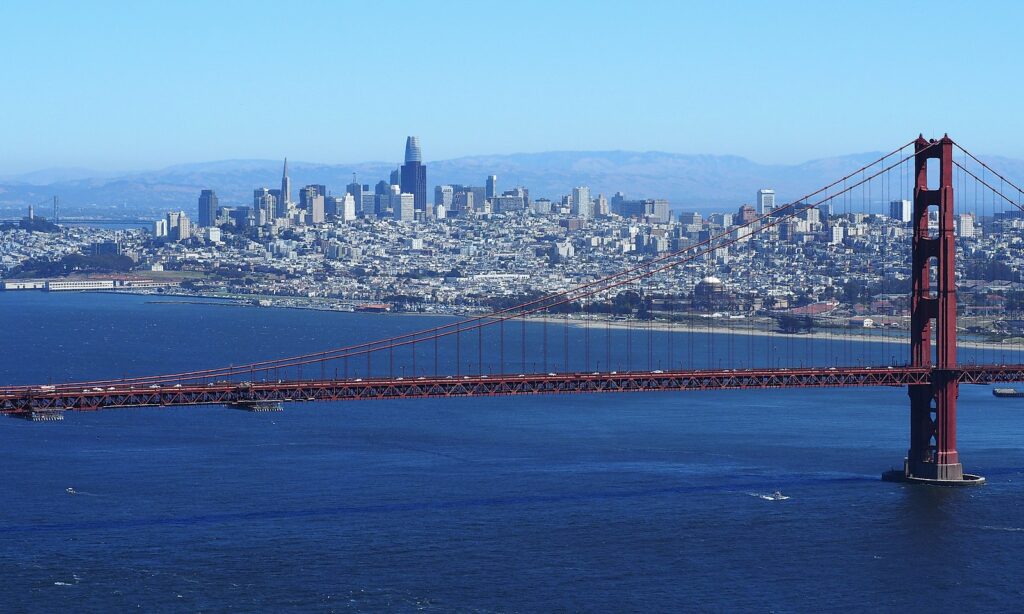
Serving Our Patients in San Francisco
The team at Onsite Dental takes immense pride in serving our patients in the vibrant and diverse city of San Francisco. We are passionate about providing exceptional dental care tailored to the unique needs of each individual. Our dedicated team is committed to ensuring that every patient receives personalized attention and top-notch dental services in a comfortable and welcoming environment.
From routine check-ups to advanced treatments, we strive to exceed our patients’ expectations and contribute to their overall oral health and well-being. With our convenient location in San Francisco, we are honored to be a trusted partner in your dental care journey.
Do You Need Help Finding Our Practice?
If you’ve never been to our practice before, we can help you find it by going off of somewhere you’re probably familiar with: the San Francisco Public Library. It’s a very easy drive or light rail ride. If you’re driving, go down 8th St, then turn left at Mission St. Keep going for about a mile and a half, then turn right onto Beale St, right again onto Howard St, right yet again onto Fremont St, then find us straight ahead underneath Salesforce Park.
Alternatively, you could take light rail from the Civic Center Station to the Market & Battery St stop, then walk down Fremont St until you reach Salesforce Park and our practice.
How Much Do You Know About Our City’s History?
San Francisco’s history goes back centuries, with control of the area going from indigenous to Spanish to Mexican to American, but we’re going to focus on the more recent history that shaped our city, starting with the 1906 earthquake. The devastating earthquake of April 18, 1906, struck San Francisco and northern California at 5:12 am, leaving a trail of destruction in its wake.
The quake caused buildings to collapse and ruptured gas lines, sparking fires that engulfed the city for days. Attempts to contain the inferno by dynamiting buildings failed, and over three-quarters of the city, including downtown, lay in ruins. While contemporary reports cited 498 deaths, modern estimates suggest several thousand casualties. With more than half the population of 400,000 rendered homeless, makeshift tent villages sprung up in Golden Gate Park, the Presidio, and along the beaches.
The devastation prompted rapid and extensive reconstruction efforts, spearheaded by organizations like the San Francisco Planning and Urban Research Association (SPUR). The rebuilding process, marked by a focus on speed, saw the emergence of new neighborhoods like Pacific Heights and the transformation of Nob Hill’s mansions into grand hotels.
City Hall was rebuilt in the Beaux Arts style, and the city celebrated its revival at the Panama–Pacific International Exposition in 1915. The period also witnessed significant infrastructure development, including the construction of the Twin Peaks Reservoir, the Stockton Street Tunnel, and the Municipal Railway.
Despite economic challenges during the Great Depression, San Francisco continued its growth, undertaking ambitious civil engineering projects like the San Francisco–Oakland Bay Bridge and the Golden Gate Bridge, completed in 1936 and 1937, respectively. Alcatraz Island began its infamous tenure as a federal prison, and the city hosted the Golden Gate International Exposition in 1939–40, further cementing its status as a global metropolis.